Gears and Shafts
Our Gears and Shafts are engineered for optimal performance, durability, and efficiency in various mechanical systems. Made from high-strength alloy steel, these components are built to withstand heavy loads, extreme pressures, and harsh working conditions. The precision-cut gears ensure smooth, accurate power transmission, minimizing wear and improving overall system efficiency.
The shafts are designed to handle rotational forces with minimal deflection, ensuring consistent torque delivery and extending the lifespan of machinery. With advanced heat treatment and surface hardening, our gears and shafts offer superior resistance to wear and fatigue, making them ideal for industrial, automotive, and agricultural applications.
-
 Tractor Gear Shaft
Tractor Gear ShaftThe tractor gear shaft is a crucial element in the power transmission system of a tractor. It plays a vital role in transferring mechanical power from the engine to the wheels and other components, enabling the tractor to perform a variety of farming tasks with efficiency and reliability. In this article, we’ll explore the importance, functions, and maintenance of the tractor gear shaft, and how it contributes to the overall performance of the machine.
-
 Transmission Gear
Transmission GearPower transmission: the engine operation drives the input gear on the input shaft to rotate, the input gear engages with other gears, and relies on the interaction between teeth and teeth to transfer the power to the intermediate gear (if any) and the output gear, and finally transfers the power to the driving wheel and other components through the output shaft to make the vehicle or equipment move.
Variable speed principle: Change the transmission ratio by meshing gears with different numbers of teeth. For example, when the big gear drives the small gear, the speed of the small gear will be faster than the big gear, but the output torque will be smaller, to achieve growth and torque reduction; On the contrary, when the pinion drives the big gear, the speed of the big gear slows down, the torque increases, and the torque increases. In this way, transmission gears enable the vehicle or equipment to obtain the right speed and torque under different working conditions -
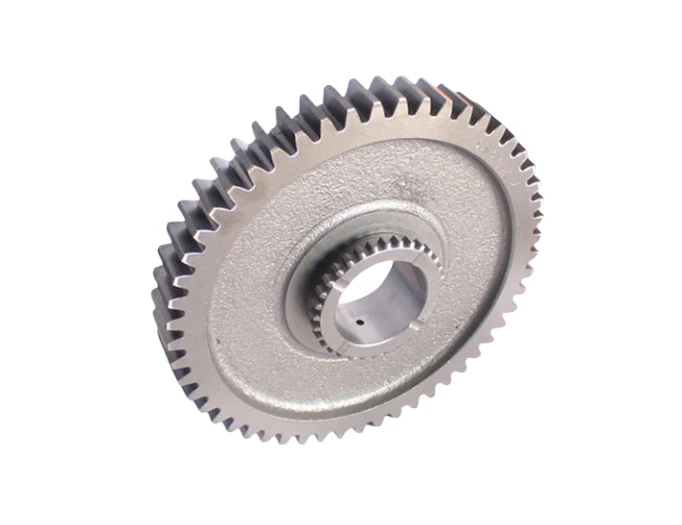 Transmission Gear
Transmission GearTransmission Gear are vital components in machinery, particularly in heavy-duty equipment such as tractors, harvesters, and construction machinery. These gears play a crucial role in transmitting power from the engine to the wheels, ensuring smooth and efficient operation. Designed for durability, Transmission Gear are made from high-quality materials like steel and alloy to withstand the immense stresses and high temperatures encountered during operation.
-
 Tractor Active Gear Shaft
Tractor Active Gear ShaftThe tractor active gear shaft is a critical component in the power transmission system of a tractor, responsible for transferring rotational power from the engine or transmission to other parts of the tractor. By efficiently distributing torque and enabling smooth gear shifts, the active gear shaft plays a vital role in enhancing the performance and versatility of the tractor, making it essential for a wide range of agricultural tasks. In this article, we’ll explore the function, benefits, and maintenance of the tractor active gear shaft.
-
 Transmission Shaft
Transmission ShaftInput shaft (one shaft) : usually connected to the spline hole of the clutch driven disk, the center of the end face may have a hole for mounting the clutch friction plate. The shaft is equipped with a drive gear, which varies according to the design of the gearbox. Some of the drive gear may be integrated with the shaft, while the drive gear of other gears may be empty set on the shaft through a needle roller bearing, and a synchronizer will be installed on the input shaft to achieve smooth shifting.
Output shaft (two shafts) : generally directly connected with the drive shaft (drive shaft), the shaft is equipped with a driven gear, which meshes with the driving gear on the input shaft. Part of the gear shift is driven by needle roller bearings, part is splined on the shaft, and there is also a synchronizer to ensure the smoothness and accuracy of the shift. At the rear end of the output shaft there is usually a spline for connecting with the drive shaft to transfer power.
Intermediate shaft (three shafts) and other shafts: In addition to the input shaft and output shaft, some transmissions will also have other shafts such as intermediate shaft. The intermediate shaft is also equipped with gears with different tooth numbers, which plays the role of transition transmission, transferring the power of the input shaft to the output shaft to achieve different transmission ratios. -
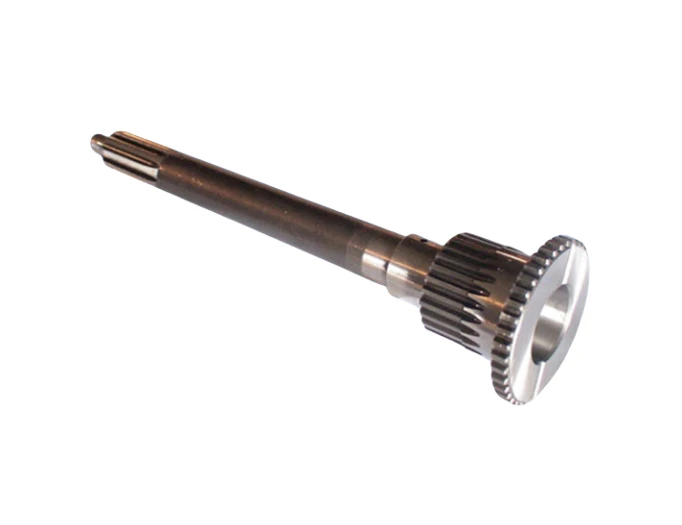 Transmission Shaft
Transmission ShaftA transmission shaft is a critical part of the powertrain in various machinery, including agricultural equipment, vehicles, and industrial machines. It plays an essential role in transmitting mechanical power from one component to another, ensuring smooth and reliable operation. Often used in combination with gears, couplings, and bearings, transmission shafts help deliver torque from the engine to the wheels or other mechanical systems. Whether it’s a tractor, harvester, or construction equipment, the transmission shaft ensures that power is efficiently transferred for optimal performance.
-
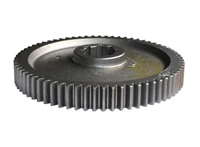 Tractor Final Transmission Big Gear wheel
Tractor Final Transmission Big Gear wheelThe Tractor Final Transmission Big Gear wheel is a critical component of the drivetrain system, responsible for transmitting power from the tractor’s transmission to the wheels or other working parts. This gear setup is crucial for providing the correct torque and speed required for various farming tasks, from tilling fields to hauling heavy loads. In this article, we will explore the role, types, and maintenance of the Tractor Final Transmission Big Gear wheel and why it is essential for optimal tractor performance.
-
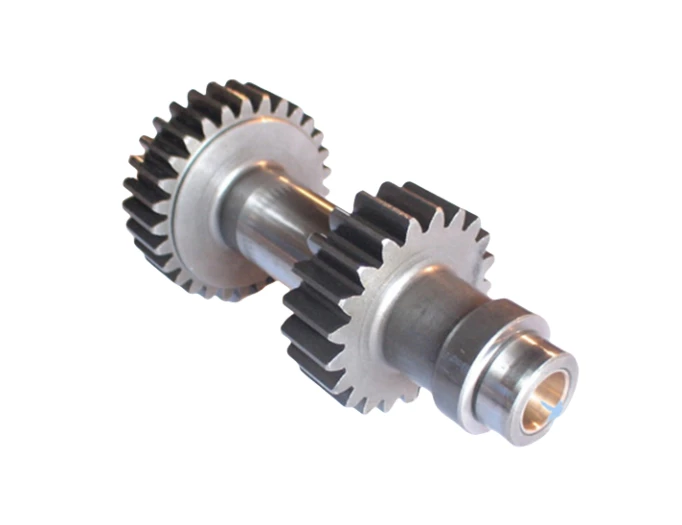 Power Output Gear
Power Output GearThe power output gear meshes with other gears and transmits power by mutual contact and friction between tooth profiles. The teeth of the driving gear push the teeth of the driven gear, so that the driven gear rotates, and the power is transferred from the drive shaft to the driven shaft. By changing the tooth ratio of the gear, the speed and torque can be changed to achieve deceleration or growth transmission. When decelerating, the torque increases and the speed decreases; When increasing, the torque decreases and the speed increases to meet the needs of different working parts.
-
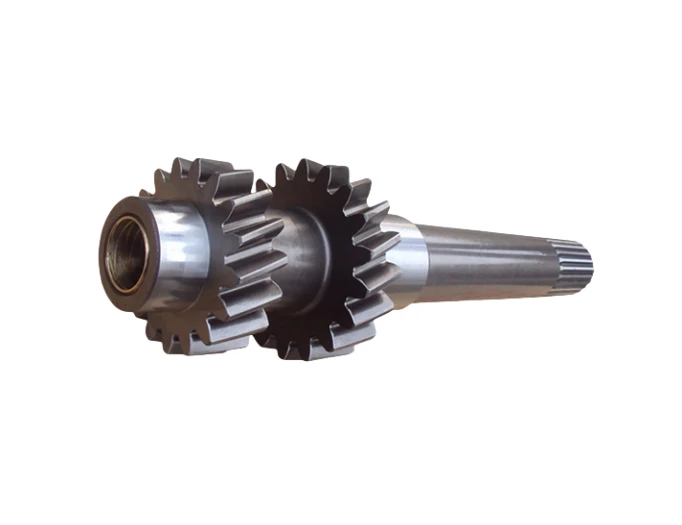 Power Output Gear
Power Output GearPower output gear is a critical component in machinery, widely used in industries like agriculture, automotive, and manufacturing. It plays an essential role in transferring power from the engine or motor to various mechanical parts, ensuring optimal performance and efficiency. Understanding the function and applications of power output gears can help you make informed decisions when choosing the right gear for your equipment.
-
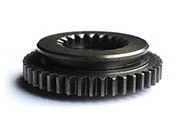 Tractor Transmission Gear
Tractor Transmission GearTractor transmission gear are integral components that ensure the smooth transfer of power from the engine to the tractor's wheels, attachments, and other mechanisms. These gears play a pivotal role in enhancing the efficiency of tractors, making them versatile and effective for various agricultural tasks, from plowing fields to hauling heavy loads. In this article, we’ll explore the importance of Tractor transmission gear and how they contribute to overall machine performance.
-
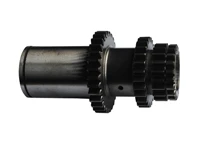 Tractor Triple Axle
Tractor Triple AxleA tractor triple axle is an advanced feature commonly found in heavy-duty tractors and trailers. It involves a setup of three axles that work together to distribute the load, improving stability and increasing the tractor’s capacity to carry or tow heavy loads. In this article, we’ll explore the benefits of tractor triple axles, how they work, and why they are essential for specific agricultural and industrial tasks.
-
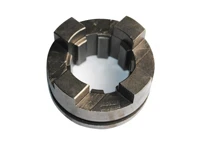 Tractor Coupling
Tractor CouplingA tractor coupling is a crucial component in agricultural and industrial machinery, designed to connect the tractor to various implements or trailers. It ensures seamless power transfer between the tractor and its attached equipment, enabling efficient operation across a range of farming tasks such as plowing, hauling, or planting. In this article, we’ll delve into the role of tractor couplings, their types, and why proper maintenance is essential for optimal performance.

Precision, durability, and powerful performance!
Gears and Shafts – Strength for Every Machine! Reliable power transmission for all applications!
International layout
Spread all over the world
our products are exported to various parts of the world. Currently, our products have been exported to more than 40 countries Our products cover Asia, Europe, Africa, South America, North America, and Oceania
Sign up
for Newsletter
Subscribe to the weekly newsletter for all the latest updates


